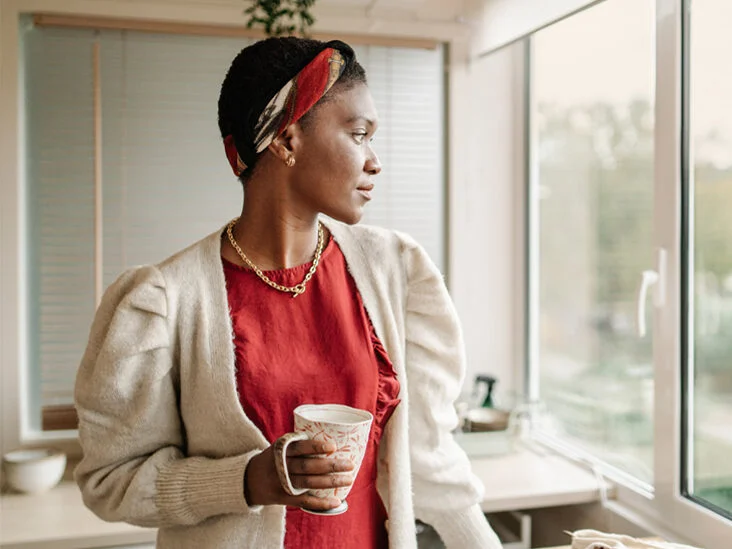Clinical trials are key to learning about conditions like cancer and finding new treatments. These trials, which happen after years of research, are a chance to try out promising new therapies in people.
Many women have benefited from being a part of a clinical trial. Lives have been improved, prolonged, and saved as a result of clinical trials.
But People of Color often face barriers in accessing healthcare. They also have lower rates of participation in clinical trials.
Black people are very underrepresented in clinical trials, especially cancer trials. Yet Black people in the United States have higher rates of several types of cancer. They also have higher death rates from cancer. One reason for this could be related to low participation in clinical trials.
Things need to change on many levels to increase diversity in clinical trials. There are many barriers that make it harder for Black women to be part of clinical trials for breast cancer. While many new oral anticancer medications have been approved in the past decade, there are many problems with a lack of diversity in the trials. Clinical trials often don’t represent the populations that could benefit most from the results.
People of Color are significantly underrepresented in clinical trials — only 9%Trusted Source of all clinical trial participants in 2019 were Black. When we look at cancer clinical trials, the number of Black people is even lower.
According to the 2021 U.S. Census, Black people make up 13.6% of the population. Black people in the United States have higher rates of many types of cancer compared to white people.
Rates of prostate and colon cancer and death rates are higherTrusted Source in Black people than in white people.
More white women are diagnosed with breast cancer, but more Black women die from it.
In the United States, Black women are twice as likelyTrusted Source to be diagnosed with triple-negative breast cancer (TNBC) compared to non-Hispanic white women.
After a diagnosis, cancer cells are tested to find out more about the type of cancer. They are tested for estrogen and progesterone receptors and a protein called HER2. If the cells are negative for estrogen, progesterone, and HER2, the cancer is considered TNBC.







